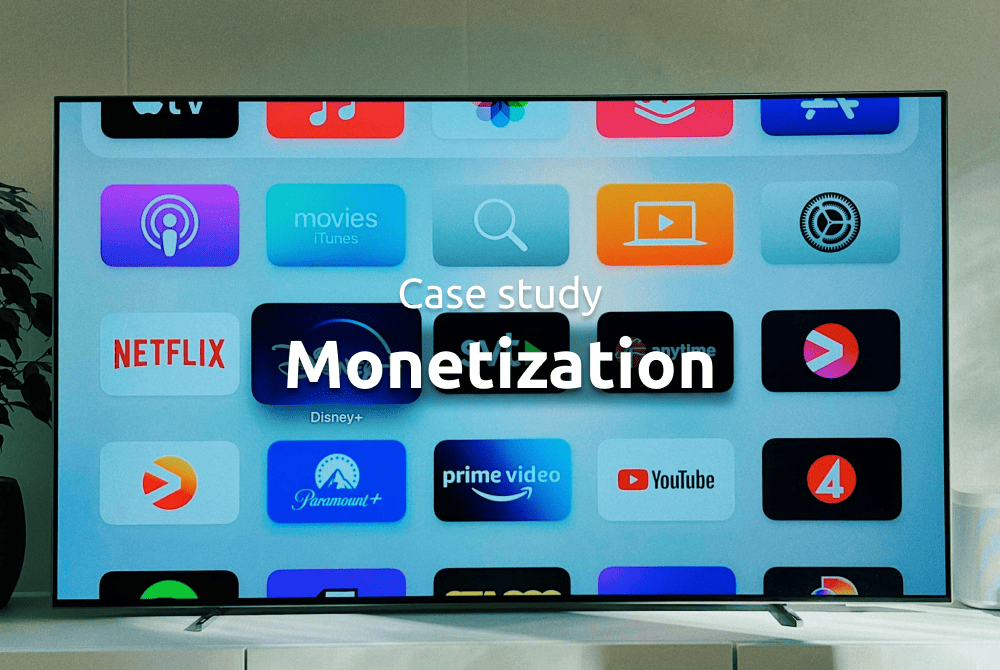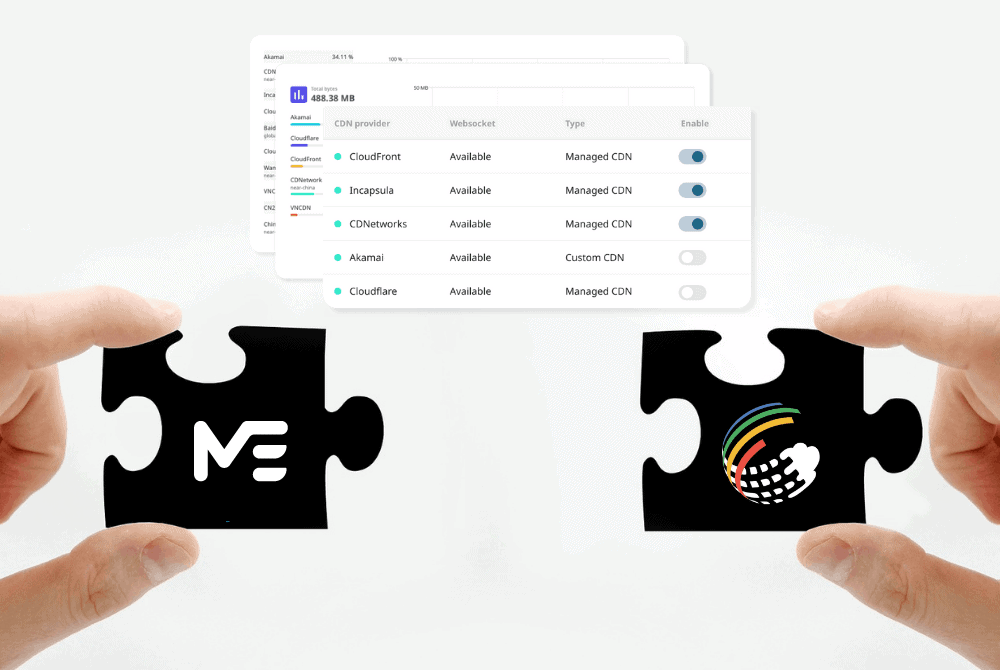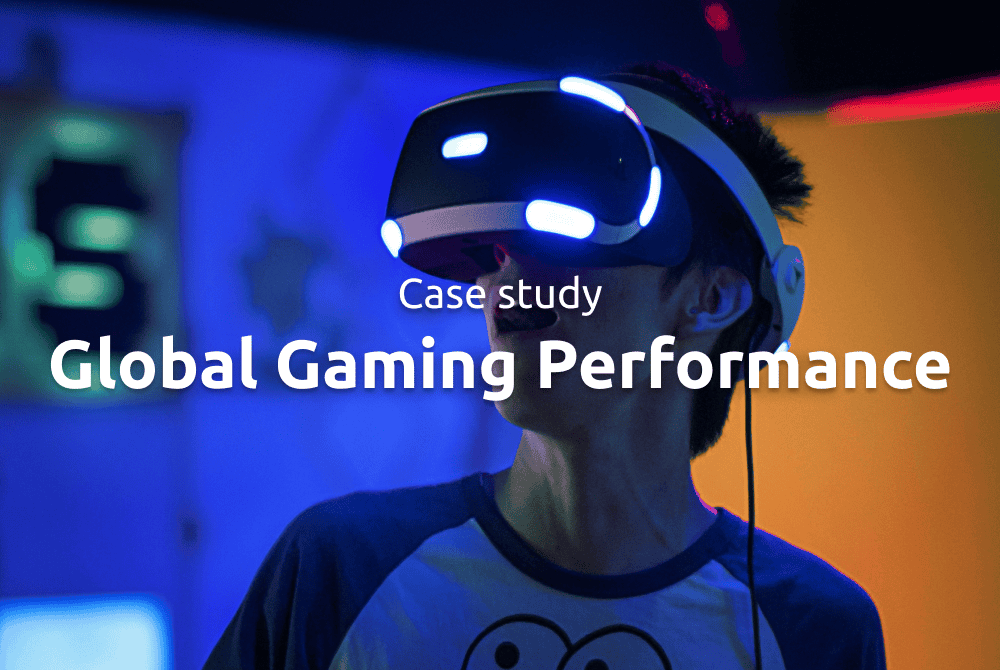In a rapidly evolving digital landscape, media companies face a dual challenge: how to generate revenue effectively while retaining control over their content. For a Taiwan-based media giant, this problem became bigger because they depended too much on YouTube as the main video player for their website. It caused many problems, like difficulties in monetizing content, interruptions from ads, and not being able to get enough viewer behavior data.

Our customer – the media giant, known for its commitment to journalistic integrity and staying at the forefront of media innovation, has been a reliable source for diverse content, ranging from news coverage to various multimedia offerings. As the media world changes, the company is trying out new ways to monetize content and understand viewers preferences better. They are working with others and using new technology to be more noticeable and find different ways to create new revenue sources.
Problem Statement
The media giant, like many TV broadcasters, was embedded in a monetization challenge. The free nature of YouTube, although a popular choice, came with its set of drawbacks. Ad interruptions, complicated monetization calculations, and the inability to export valuable user data were impeding the company’s growth. Our customer found itself constrained by the limitations of depending on YouTube for monetization. They want to create an additional source of revenue but don’t know how to start, how to collaborate with advertisers, how to create their own player and customize things, or obtain important information. So, they started looking for a better way to make money that is more flexible and efficient.
The Mlytics Solution
Mlytics proposed a hybrid monetization model that seamlessly integrated YouTube alternatives with the company’s platform. The aim was clear – to drive monetization with minimal integration efforts and offer more control over content delivery. This wasn’t just about finding a new player; it was an exploration into the complexities of data synchronization, revenue models, and CDN integration.
Let’s take a look at the parts of this process.
Technical Landscape: From Integration to Realization.
We collaborated with TenMax, our partner with expertise in advertising technology, to reshape our customer monetization strategies. Our client integrated Mlytics Video Stream System with TenMax’s Ad System, coding plugins into the header of their website to trigger Mlytics Video Stream Player seamlessly.
Step 1. We started from replacing the company’s usual video player with Mlytics video player. This was done to improve the Quality of Experience (QoE) for users. Additionally, they integrated Mlytics video player to gather data about users’ digital activities, creating a sort of “digital journal.” This move aimed to understand user behavior and preferences better, providing valuable insights for further improvements and personalization.
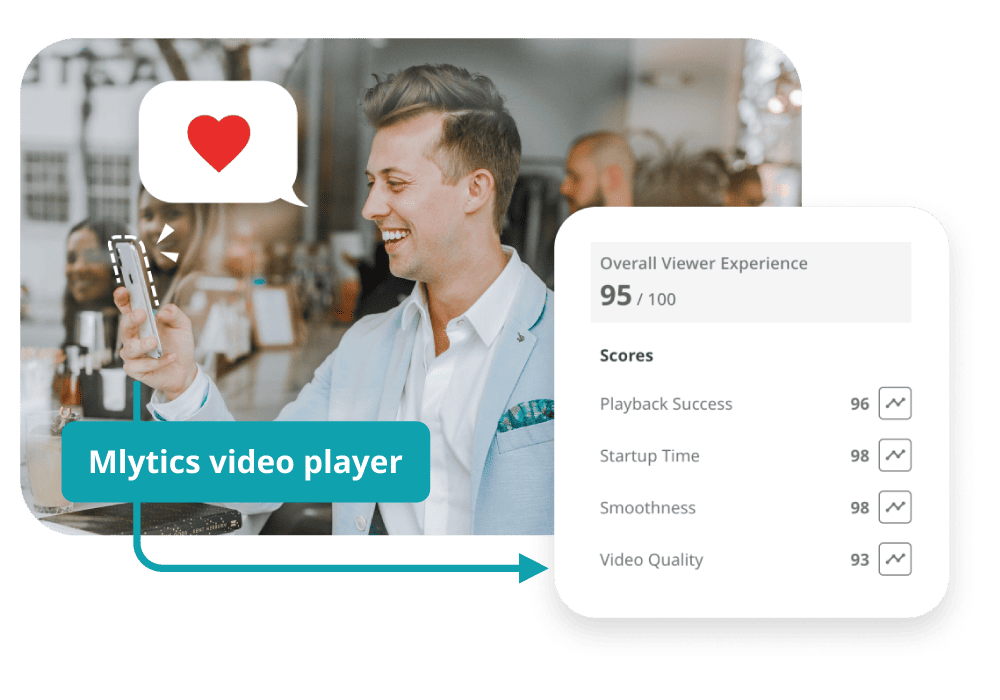
Step 2. Define rules of the game: monetization.
Since the monetization process was new for the media company, we discussed how to optimize the revenue model and made changes to make the money-making process better. This helped to save money, make things smoother, and overall, improve the overall effectiveness of the monetization strategy.
Step 3. Integrate Mlytics Products and Solutions
We introduced Mlytics’ suite of products, bringing forth multi-CDN efficiencies, real-time data insights, and the way of Google Ad Manager (GAM) and Customer Data Platform (CDP) integration.
- Efficient multi-CDN strategies: They brought an approach to video delivery, leveraging the efficiency gains of a multi-CDN strategy, not just for speed but also for enhancing the retrieval of the end user’s digital journal. The adaptive CDN integration with China RIM (WangSu RIM) was a strategic and customized addition to the company’s digital infrastructure, specifically enhancing the display of content in the Chinese market.
- Real-time Insights and Ad Data: Mlytics’ focus on delivering real-time data updates within an hour reflected a practical response to the industry’s need for timely insights.
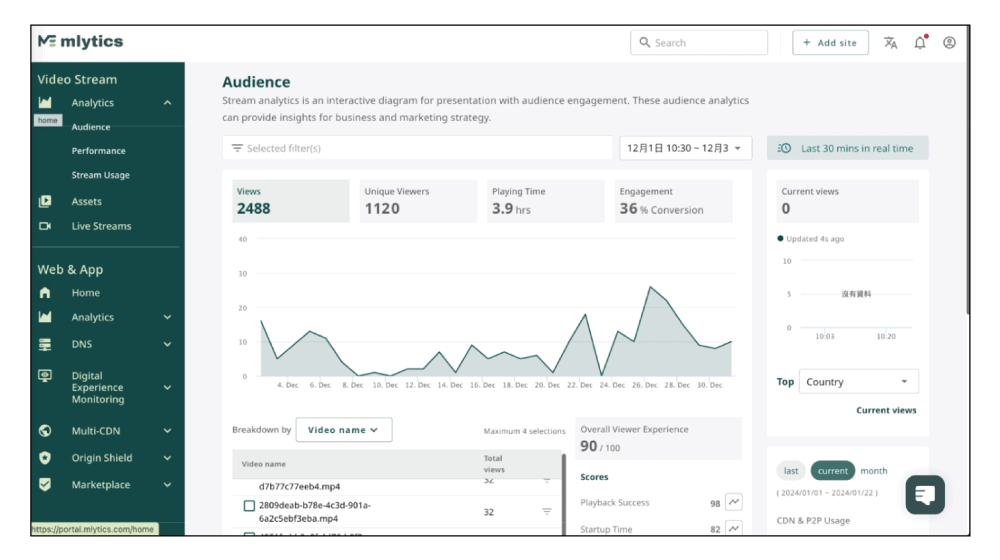
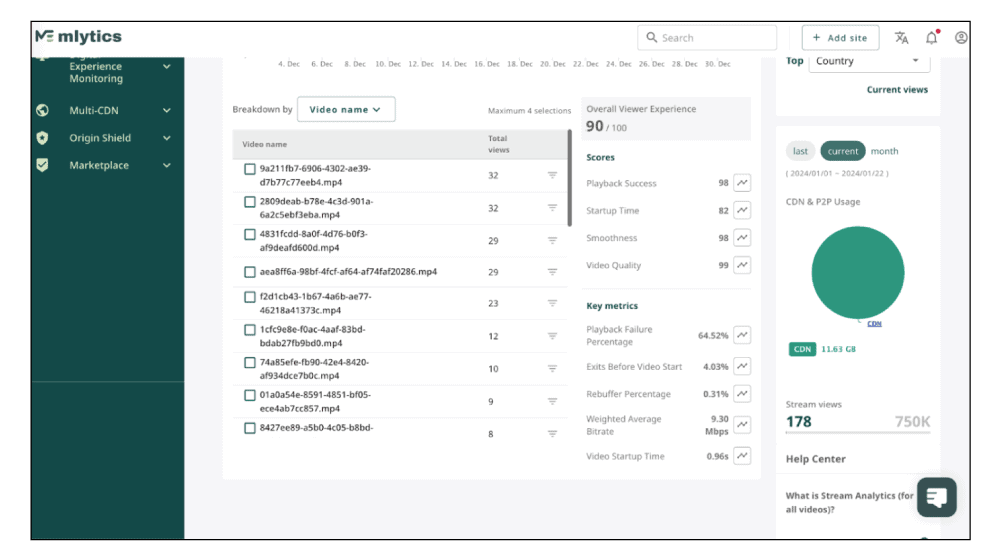
- GAM and CDP Integration: The integration of Google Ad Manager (GAM) with Customer Data Platform (CDP) represented a forward-looking approach, marking a paradigm shift in the way the company approaches the management and utilization of customer data for ad monetization.
Adapting to Changing Monetization Trends in Media
As the collaboration progressed, expectations evolved to encompass more than just revenue. The focus shifted towards adopting a comprehensive approach to ad monetization, aligning with broader industry trends:
- Pricing Models: As part of the collaboration with Mlytics, the media company expressed a keen interest in integrating a self-sold advertising model into its monetization strategy. This model empowered the company to establish direct relationships with advertisers, negotiate pricing on its terms, and create customized ad campaigns that seamlessly aligned with its brand identity.
- CPM Challenges and Mlytics Insights: Figuring out how much money video ads make (CPM) was tricky, but Mlytics Video Stream data analytics provided detailed insights that helped the company understand CPM for video ads better.
The Result: Shaping the Future of Media Monetization – Mlytics Video Stream as a YouTube Alternative to Earn Money.
The collaboration transformed the company’s approach to monetization. For this goal, a hybrid model was crafted that not only safeguards brand identity but also puts control over revenues firmly in their hands. The collaboration extends beyond fixing YouTube issues; it’s an adaptive journey aligned with current advertising and media industry trends.
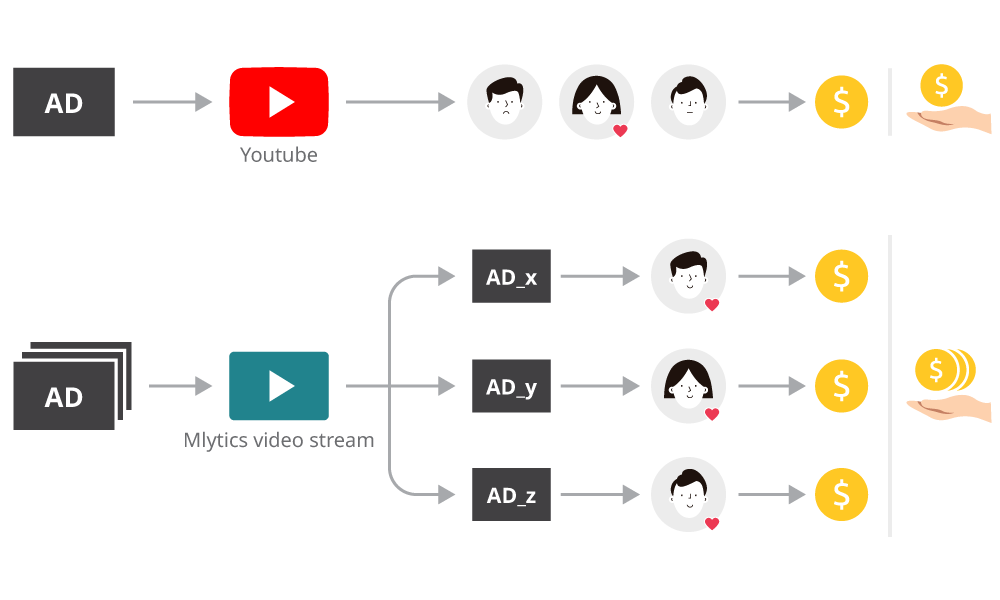
By seamlessly integrating Google Ad Manager and Customer Data Platform, the company is strategically positioned for the future with:
- Real-Time Insights: Mlytics places a strong emphasis on real-time data – a vital asset in the fast-paced media landscape.
- Diversified Revenue: Mlytics’ technological expertise empowers the company to explore diverse revenue streams, preserving their brand identity and aligning with the industry’s quest for new channels and technologies to optimize revenue.
Conclusion: A Practical Evolution for Media Monetization
The collaboration with the company is more than just a change in their monetization strategy; it’s a holistic evolution in line with industry trends. From integrating adaptive CDNs to offering real-time data insights, Mlytics has played a crucial role as a strategic partner, guiding the company through the dynamic landscape of media monetization. This ongoing collaboration reflects the commitment to staying at the forefront of technical innovation, ensuring that the company not only adapts but thrives in the evolving media ecosystem.
